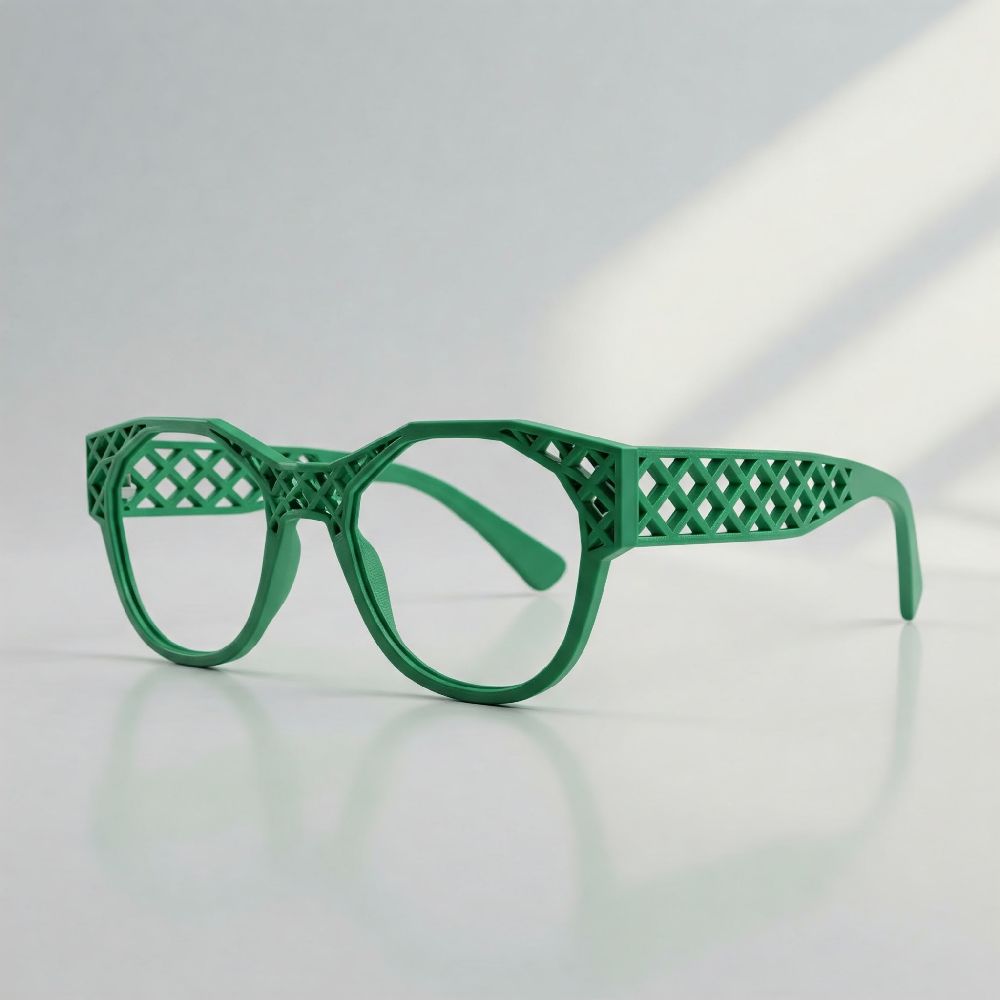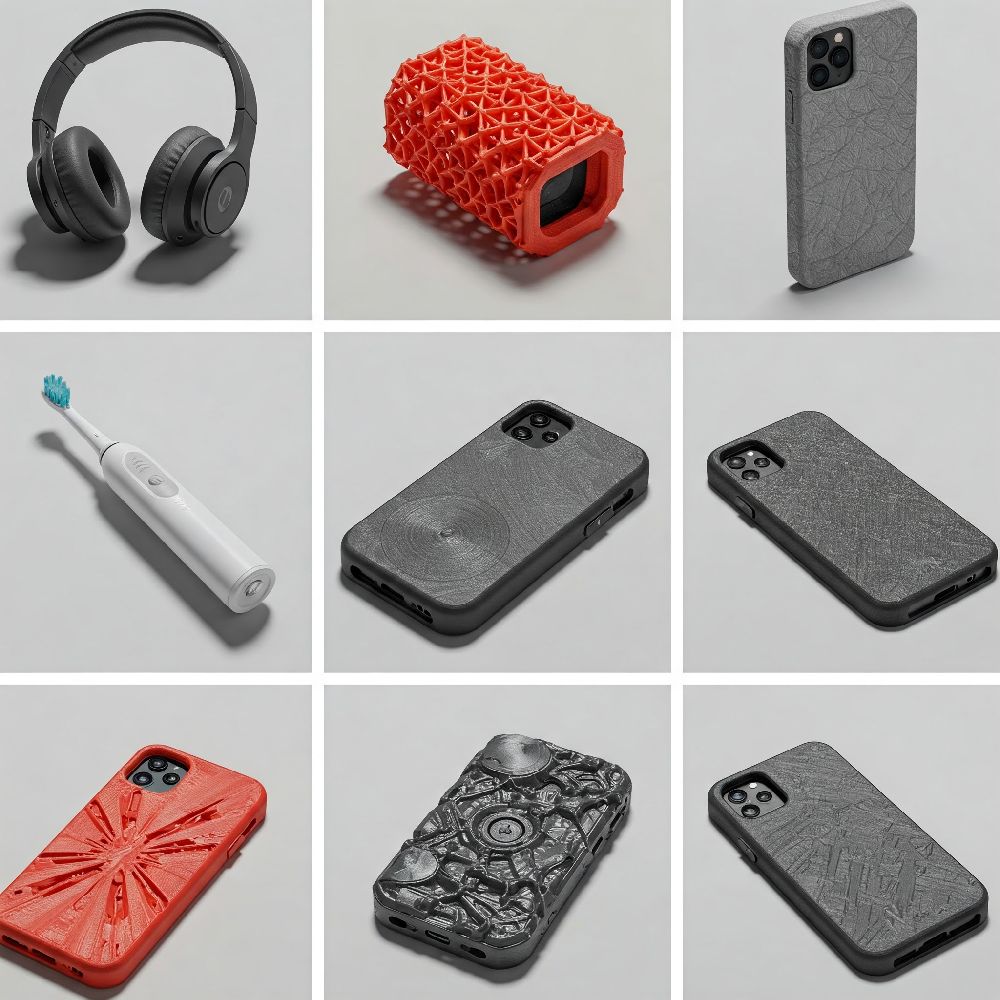Consume Products
How 3D Printing is Transforming Consumer Products
In the last decade, 3D printing has evolved from a niche technology to a powerful tool with the potential to reshape the consumer product landscape. From custom sneakers to personalized phone cases and even furniture, 3D printing is changing how products are designed, manufactured, and delivered. But how exactly is this technology making a difference in the world of consumer goods?

1. Customization at Scale
One of the most compelling advantages of 3D printing is its ability to create highly customized products. Consumers today want items that reflect their personality—think monogrammed accessories, custom-fit wearables, or personalized home décor. With 3D printing, companies can offer unique, made-to-order products without significantly increasing production costs.
For example:
- Footwear brands are using 3D scanning and printing to create custom insoles and midsoles tailored to a person's foot shape and walking style.
- Jewelry designers can produce one-of-a-kind pieces based on a customer’s design input.
2. Rapid Prototyping for Faster Innovation
Traditionally, bringing a new product to market involves expensive molds and long lead times. 3D printing bypasses this process, allowing companies to iterate quickly and test prototypes in real-world conditions. This rapid prototyping accelerates product development and encourages innovation.
Startups, in particular, benefit from this agility. They can experiment with ideas, test them with small user groups, and refine designs without investing in full-scale manufacturing.
3. On-Demand Manufacturing
3D printing enables on-demand production, reducing the need for large inventories. This model minimizes storage costs, avoids overproduction, and supports a more sustainable supply chain. Companies can produce exactly what’s needed, when it's needed.
For consumers, this means faster access to niche or hard-to-find products. For businesses, it lowers the risk and waste associated with traditional mass manufacturing.
4. Eco-Friendly Production
Sustainability is a growing concern in consumer markets. 3D printing supports eco-conscious production in several ways:
- It uses only the material required for the product, reducing waste.
- Localized printing reduces shipping emissions and packaging waste.
- Some printers can use recycled or biodegradable materials.
As materials technology advances, we’re likely to see more green innovations powered by 3D printing.


5. Empowering DIY Consumers and Makers
The rise of affordable home 3D printers has empowered a new wave of DIY enthusiasts and makers. From replacing a broken appliance part to creating custom toys or gadgets, consumers are taking production into their own hands.
Online platforms like Thingiverse and MyMiniFactory offer thousands of free or low-cost designs for download, democratizing access to product creation and sparking creativity across the globe.
Conclusion: A Consumer Revolution in the Making
3D printing is more than just a manufacturing technique—it’s a creative revolution. As the technology becomes more accessible and materials continue to improve, its impact on consumer products will only grow. From mass customization to sustainable production and faster innovation, 3D printing is shaping a future where products are smarter, greener, and uniquely personal.
The question isn’t whether 3D printing will change consumer products—it’s how fast and how far that change will go.


